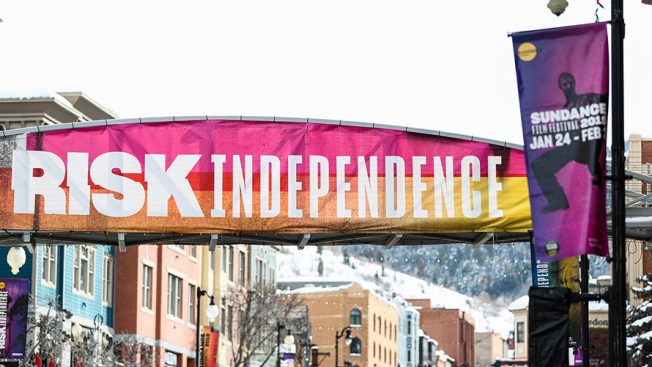Inspiration meets innovation at Brandweek, the ultimate marketing experience. Join industry luminaries, rising talent and strategic experts in Phoenix, Arizona this September 23–26 to assess challenges, develop solutions and create new pathways for growth. Register early to save.
This year’s 2019 Sundance Film Festival was interesting for a few reasons: controversial documentaries on Michael Jackson and Elizabeth Holmes, a great documentary on the Chinese bringing jobs to America and (most interesting if you are me and not that cool) an increased focus on brand-funded films.
Having a front and center seat throughout the festival, including sitting on a panel with UPS who showcased a series of heartfelt films called Wishes Delivered, about making some of their customers’ dreams come true, I was acutely tuned into how other brands were making their mark on the film space, all with varying degrees of success
Here are a few takeaways:
Authentic and real are not the same thing
The most overused buzzword of the festival and possibly the last decade: authenticity. You could almost feel the collective eye roll as it was said over and over. Authenticity was lauded as the key to developing a brand film that didn’t “feel like a brand film,” which apparently is the worst thing you can do.
So brand film rule #1: Be authentic. Seems simple enough, right? But the majority of the films I saw that were clearly aiming for this authenticity mandate very much missed the mark. Instead of feeling authentic, they came across as contrived. Why? Because they weren’t real.
My biggest takeaway for marketers when it comes to telling a brand story is to base it in something real, then tell it in an authentic way. If brands attempt to push a particular narrative agenda, they’re not unveiling an authentic story. My advice to our industry this year would be to kill the word “authentic” and replace it with “real.”
Get out of the way
Over the course of the screenings, the less I saw about a brand (i.e., products cleverly and often not-so-cleverly placed everywhere), the better the film. But here’s the surprising part: Audiences seemed to remember those brands more and have more respect for them than those brands who restyled their products and called it a film.
The best example was HP’s film Picture Box. The film had no HP branding other than a bumper at the beginning and end, but it told a moving story about the power of a printed photograph. Yes, they do happen to sell the printers that print most photos, but that didn’t come up once, nor did it need to. Instead, it focused on how a few dots of ink on paper have the power to change someone’s life. Marketers need to understand the value of knowing when to get out of your own way for your brand’s sake.
Short form is shortsighted
Remember a time in the not too distant past when the marketing world thought six-second ads would solve everything? Turns out that while short can be good, it isn’t always the most effective way to tell a truly memorable story.
You can’t do what Johnson & Johnson did with their amazing film in a few seconds. The brand set out to communicate the value of nurses, a vastly under-recognized asset in our medical system. And while they run regular TV ads about the cause, the TV spots aren’t working hard enough, so they shot a 100-minute feature-length film that highlights the role nurses played at San Francisco General Hospital during the AIDS crisis at a time when those patients were being ostracized. The storytelling was so poignant that there were audible sobs in the theater. After the film, everyone I spoke with marveled at a nurses’ power to transform a life or make dying with dignity a possibility.
There is absolutely no way to achieve what they did in 30 seconds or even 30 minutes. While it may seem like a risky investment, when brands are brave enough to commit to telling the whole story, the payoff can far exceed expectations.
Sundance 2019 came down to three things: brands recognizing that real stories are better than artificially-crafted “authentic” ones, the importance of getting out of your own way as a storyteller and daring to tell the full story no matter how long it takes. That is the difference between just another ad and a compelling viewing experience that audiences will actually remember.








